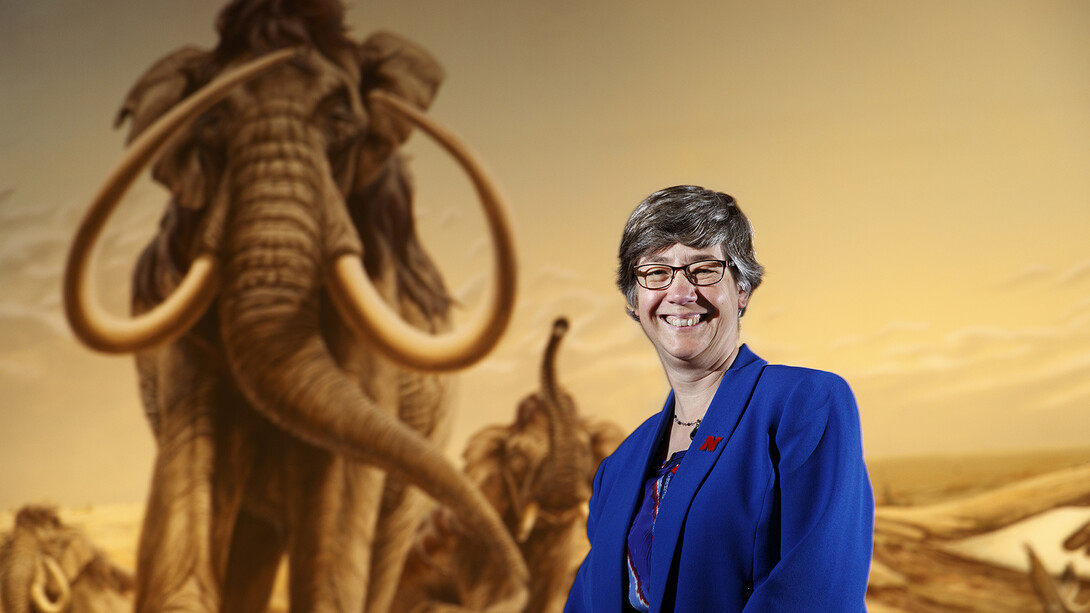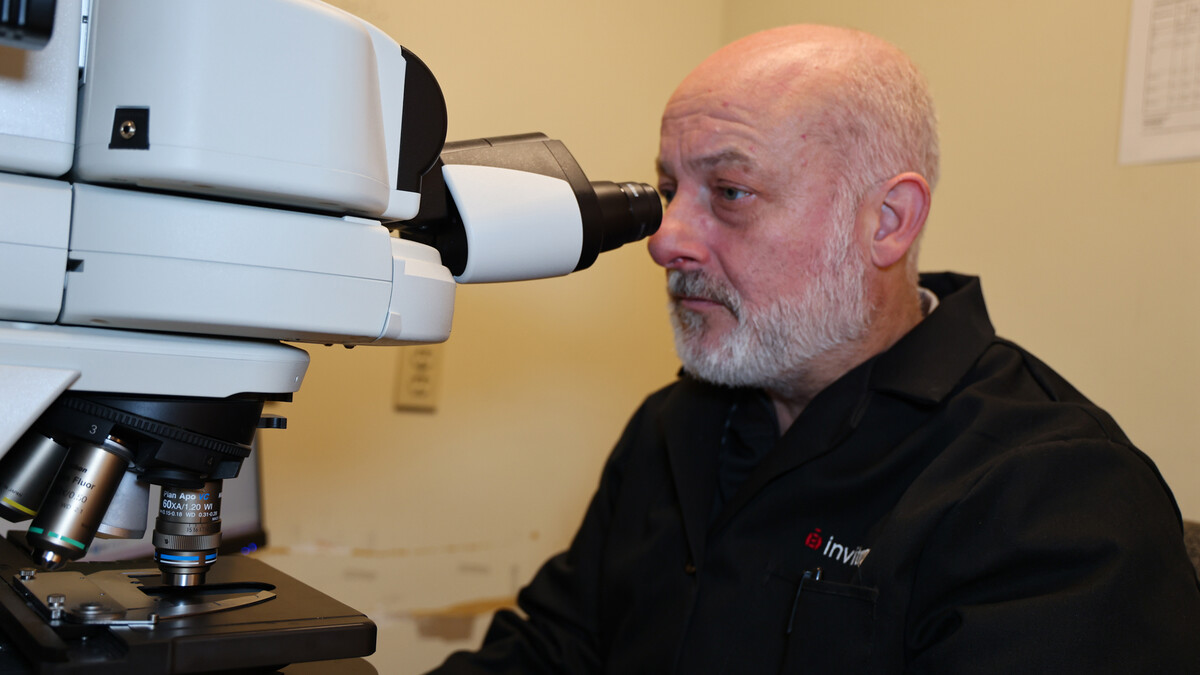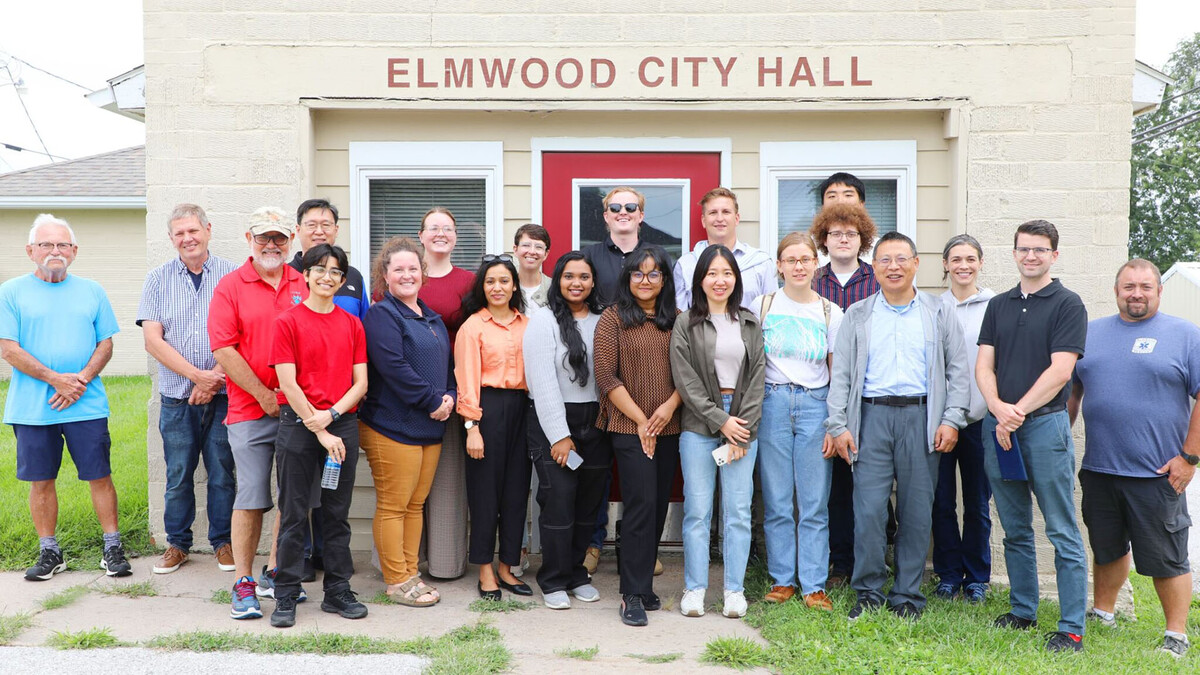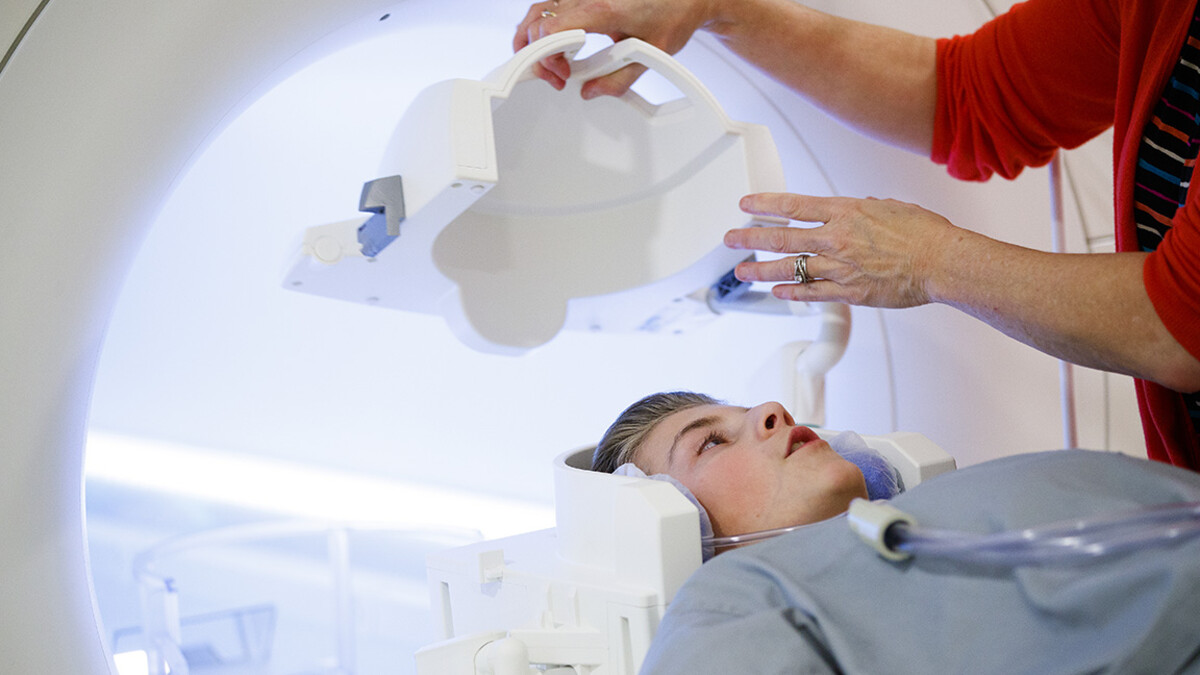
Susan Weller, director of the University of Nebraska State Museum, has been elected a fellow of the Entomological Society of America.
The society cited Weller’s internationally known research on the evolution of arctiine moths and other Noctuoidea, as well as her administrative leadership in promoting entomology and science education.
Weller, also a professor of entomology at the University of Nebraska–Lincoln, said she was “surprised and overwhelmed” to receive the society’s highest honor. She was particularly pleased that both her research and administrative leadership were recognized.
“As an administrator, I strive to encourage others to take chances and support them to be creative,” she said.
That creativity has been especially key this year as the museum had to adjust to the pandemic and expand its distance education options in lieu of in-person education.
Weller noted that very few women have received this honor from the Entomological Society of America.
“That they’re looking at people with less traditional careers to be honored in this way is important,” she said.
John Ruberson, head of the Department of Entomology, said Weller’s honor is well deserved. Ruberson noted the society has more than 7,000 members worldwide. Each year, a maximum of 10 individuals are selected as fellows. Successful nominees often require nominations two or three times before being successful. Weller was named on her first nomination.
“Dr. Weller is an exceptional scientist in the quality and care of her work but also as a mentor and colleague,” Ruberson said. “She has served her profession at all levels, and is widely known and admired for her advocacy and support for equity and inclusivity in science, and for creating powerful opportunities for the rising generations in science. She is a deeply thoughtful, selfless and empowering person who makes everyone around her better. It is a great privilege to have her as a colleague and friend at UNL.”
Weller’s research incorporates a variety of data types and explores the landscape of systematic and comparative analyses. A classically-trained lepidopteran morphologist — a scientist who studies the anatomical structure of moths and butterflies — Weller cross-trained in molecular systematics at Louisiana State University and was among the first generation of insect morphologists to embrace routinely incorporating molecular data to understand evolutionary relationships. The first molecular paper to challenge the status quo of Noctuidae as a natural (monophyletic) group was written by her team at Louisiana (Weller et al. 1995).
Results were not embraced initially, but now Erebidae is recognized as an independent lineage within the owlet moth superfamily Noctuiodea. Although her favorite research organisms are lepidopterans, especially arctiines, she has always been interested in “comparative evolutionary questions,” including the evolution of insect communication systems, mimicry, insect mouthparts, or even the evolution of tick-borne diseases. Weller seeks to answer the “why” about the diversity and success of insects.
Weller’s professional accomplishments in administrative leadership are grounded in her early career focus in mentoring and teaching. Weller was hired at University of Minnesota in 1995 as a “trailing spouse hire.” She taught three core courses and contributed to 39 graduate student committees in three colleges (agriculture, biology and natural resources), and sponsored seven undergraduate honors research theses and 39 undergraduate research projects. Two-thirds of her publications have at least one student or postdoctoral researcher as lead or co-author.
Weller became the first woman director of Minnesota’s Bell Museum of Natural History in 2008, led its merger with the Minneapolis Planetarium in 2010, and assisted with securing state bonding for the new public museum in 2014. Weller was hired to lead the University of Nebraska State Museum in 2015, where she oversaw the major renovation Cherish Nebraska. Entomological stories are infused throughout the new galleries focused on Nebraska’s natural history. Weller’s record of service to the Entomological Society of America is extensive, including service as president in 2017.







